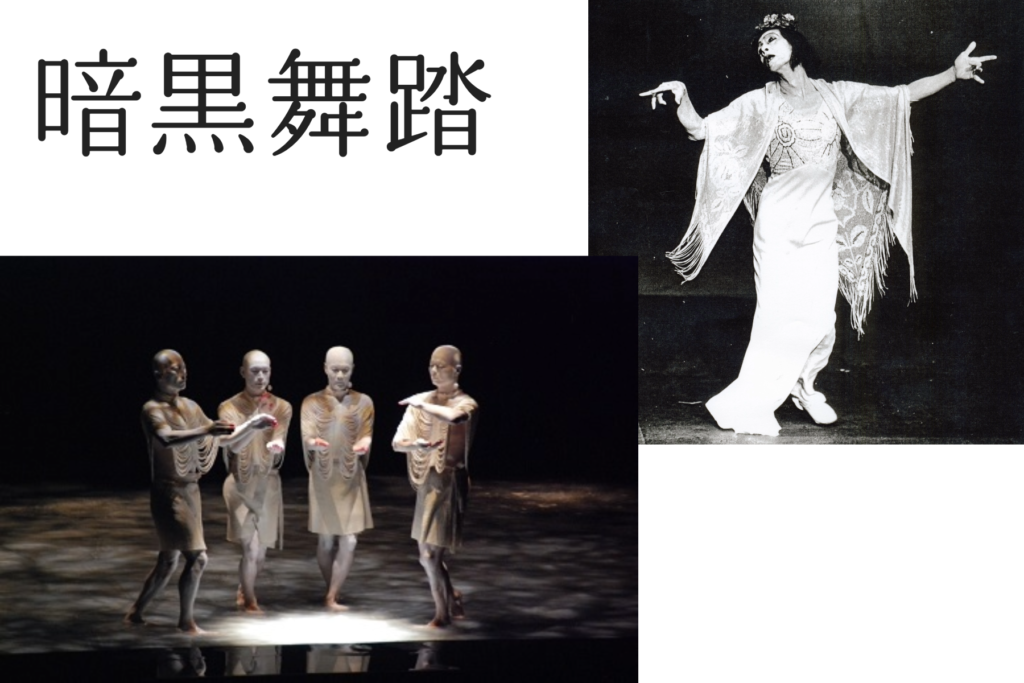Good morning Londoners and all other cool people!!
Performing arts led by dancing seem to be becoming more and more popular these days. Dance clubs are usually the largest societies in schools and universities with the most participants and so many people have TikTok accounts dedicated to singing and dancing! We can literally find so much talent out there. This is very exciting for a person like me who loves creative activities. People are becoming better and better at the performing skills with the help of modern technology and globalisation. However, this leaves me with a question of how art will hold its position.
Since all sorts of tuition including online videos are available and many art forms are already established and sophisticated, it is becoming difficult to be originally artistic. It seems to me that the level of performance is becoming less significant, or even irrelevant when it comes to “art” in post-modern ages. Als are better at drawing than humans, and photography is super good even when only using a phone. So what can we do to be expressive in our own way? It’s not rare to be impressed by a dancer or a painter, but I hardly ever come across something or someone that speaks to my sensational experience.
Today I would like to introduce you to Butoh which is one of the things that I actually recognise to be an art.
What is Butoh?
Butoh is an avant-garde performing art. It does not have a concrete definition at this point. It’s basically super weird. Honestly, when I saw a performance at the age of 4, I thought my mum had gone mad for taking me there. Maybe I am going crazy now finid this perfomance art so intrieguing and fascinating!?
The performers are painted in white and they perform a type of dance which is not visually beautiful in the traditional sense.

There are people who say Butoh is the polar opposite of Bellet. This has a point because ballet is a form of dance that is elegant and aims to tell a story through dancing (narrative-led style). It has specific shapes and postures within the technique. Botoh, on the other hand, is not about expressing a story. It is a performance for the language of the body, therefore, it is not a form of communicating words and stories through dancing.
Butoh was founded by Hijikata Tatsumi. His performance “Kinshoku” in 1959 was the very origin of the Butoh style. Hijikata had created performances inspired by daily labour, and often used people that were not dancers (ordinary high-school students for example). It is clear that he did not base his art on dancing technique. He was strongly influenced by literature, especially by the writer Yukio Mishima. There is a very subtle but strong political voice that it holds especially from a post-war, post-atomic bomb perspective.
The idea behind the art
「舞踏とは命がけで突っ立った死体である」: Butoh is a dead body standing with all its effort to maintain life
Above is a quote by Hijikata. It seems to be a contradiction saying that the body is dead but alive, but it weirdly makes sense if you have seen the performances!! The dancers paint their bodies completely white, implying death, but the movements and the breathing you can sense from them are the most alive things I can think of. Whilst ballet and all other dancing have a lot of jumping and twirling going on, Butoh engages with the space and the moment more intensely.
The whole concept seems totally philosophical to me. Let me break down what I consider to be fascinating about this art.
Firstly, as a time-consuming art, Butoh focuses a lot on “change” and “transformation” by letting the body own its soul independent of the mind. This is a very important concept in Japanese literature, fine art, and mentality. The flow of the movements and how it even looks like the dancer is using time as a tool is totally fascinating to watch.
The Butoh choreography is composed of words and ideas rather than exact movement instructions. This reminds me of the choreographic style of Pina Bausch who was also very influential in modern dance and theatre.
Secondly, we cannot leave out the commitment that these artists are making in order to produce pieces of Butoh performances. I have come across an article on an exercise that the dancers do, which was to start by standing an egg on the floor. This might seem like absolute madness, but the concentration and the engagement with an object is something so strong. Is it a statement of a starting condition from my view with this idea of creating stilness and the symbolic aspect of using an egg: associated with beginning. Butoh starts from “standing up”, but where there is a struggle to do so. This is why the egg standing exercise becomes significant. There is a strong sense of essentialism underlying Butoh, especially for Hijikata (the founder).
Finally, I cannot finish without explaining the implied political ideas and philosophical statements. I have briefly touched upon this in the introduction. The historical background here is post-war Japanese life where there was extreme economic growth while there was intense political confusion due to rapid westernization. It is almost going against the Western ways and concepts of beauty and preserving what comes naturally to the Japanese land and mentality. There is a sense of unity with the earth, being a part of it, not going against it. This also means that the performance had a antisocietal and antimoral hint against the late modern Japanese societal ideology.
I’ll leave it there for now!
XOXO JESSiE